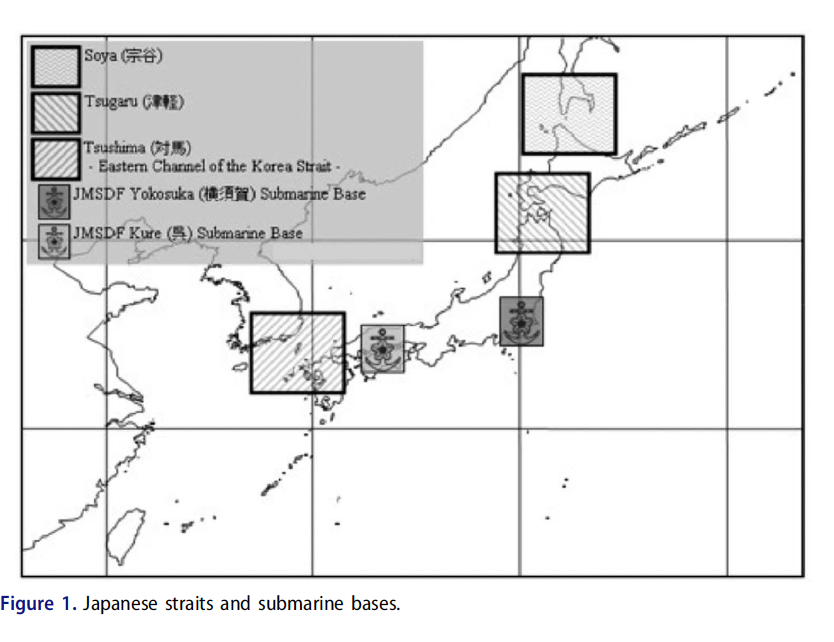
おはよございますTwitter! Greetings from a stunningly beautiful Chiba where #DSEI_JAPAN_2023 is about to kick off. Let's do a proper thread on submarines and ask a crucial question: is there a case of post-1945 sub development to gain guidance on challenges Australia might face?
The answer is: yes, that is Japan post-1945. The following thread reviews and summarises some key points in work I have done on JMSDF submarine development and that can be found here: tandfonline.com/doi/abs/10.108…, and here: tandfonline.com/doi/abs/10.108… - let's put experience in context:
1. A very expensive commitment. Are submarine an expensive commitment? Dead right they are. Not just SSNs - they all are, and they all are particularly expensive to develop an initial domestically built, sustainable fleet.
That's certainly the case of JMSDF.
That's certainly the case of JMSDF.
1a. Getting it going. For the JMSDF, because of post-war setup (and strong Australian objections ironically), the first 20 years so mostly subs as and 'ASW training asset'. Development was costly, painful, and drained meagre resources. At points it absorbed 23% of investments. 

1b. But it was also a necessary effort to ensure that a sustainable balance, linking op requirements, performance, and costs were all somehow met. For JMSDF that's where the yearly commitment to building subs, with 18 years retirement came from. 



1b. Managing trade-offs. By the time the Uzushio class came to be - the Japanese had come to terms that SSKs were their solutions. By SSKs standards, Japanese subs were pretty unique. 3 Decks, Tear-drop design, these were maximised for high end with short legs. That was the gig. 

2. Getting it right, operationally. The JMSDF had, by late 1970s, the most advanced and modern diesel subs, bar none. Yet, initial operational performance was disappointing. Silencing procedures, tactical learning of your boat (the 'know your boat' motto) all had meaning.
2a. Working with the most proficient partners. One key element in the JMSDF ability to improve operational proficiency fast was the close ties with the USN. A supporter of the JMSDF endeavour since the beginning, training in Hawaii and USN inspections were key. 

3. Getting it right, technically. By far, the greatest challenge in a fast evolving tech environment - and propulsion for SSKs changed greatly since the 1980s - is keeping investments stable and regular as to adapt fast. That was certainly the case for JMSDF.
Worth reminding ourselves that in the very early 1990s when decisions were taken to explore Stirling engines, the JMSDF decided to sacrifice Asashio - one of the newest boats to trial the new propulsion suitability for their subs. By 2005, the tests were paving a new way. 

What's important here to consider is the fact that the JMSDF debates for 2 decades their submarine force's mission and by the time these were adopted in 1976, the context was set for an operational spectrum that remains relevant to today. That's key to getting it right.
4. Mission spectrum. For the JMSDF, the decision over propulsion depended on two core factors (costs being always a major issue to consider): tactical applicability and distances for patrol deployment. in the 1970s SSKs were a good compromised - 

Today, the sub fleet is exploring what the potential new missions is likely to entail for it. The Japanese experience is a powerful reminder though that capabilities like subs don't come off cheap. Never. They demand partners willing to help. And they deliver over long term.
Getting it just right is hard and frankly very much a contextual endeavour. Still, it also suggests that history can offer food fro thoughts and I hope this was helpful. Other than that -f you're at DSEI over the next couple of days, come look out for me!
The bow tie is the mark.
The bow tie is the mark.
• • •
Missing some Tweet in this thread? You can try to
force a refresh





